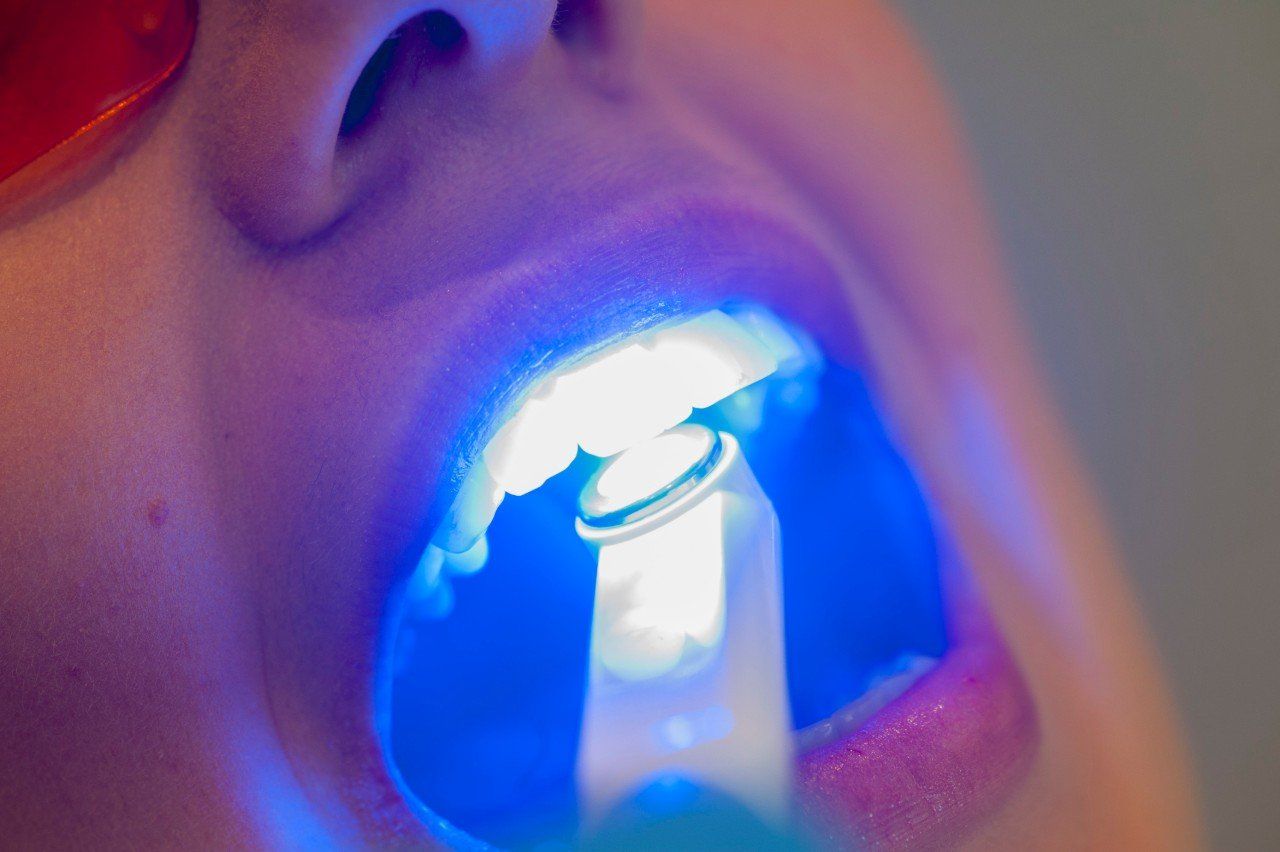WHITE FILLING OPTIONS
Composite and modern bonding techniques allow us to create beautiful, tooth coloured restorations. They preserve the maximium amount of tooth, imitating nature in appearance and function. These are the core principles of minimal intervention dentistry.
What is tooth bonding?
What is composite?
The advantages of using bonded composite
- It is tooth coloured and very aesthetic
- It can be me very thin – this means invisible joins and small fillings
- It conserves tooth - other than the removal of decay, there is no need to cut away any more tooth.
- It is repairable – if it chips, breaks or wears, we can bond more composite to the surface
- It can be altered – because it is bonded, we can add or remove material in the future to change colours, shape and size of teeth.
- It adheres to the tooth surface reinforcing the tooth
- It is softer than tooth enamel and porcelain, so won’t wear the opposing teeth
- When used for aesthetic work we can ‘mock-up’ what the finished result will look like before treatment
- It is reversible – if the tooth beneath is intact, the composite can removed, restoring the undamaged tooth to its original form.
- Composite fillings are less than half the cost of equivalent porcelain restorations
The challenge of using bonded composite
Composite fillings have a high success rate, but they must be placed correctly. If the restoration is contaminated with mositure, it is not set properly, or the tooth is built up too fast, then the bond will fail. This leads to tooth sensitivity, pain when biting, staining at the join, decay and sometimes the filling falling out. Having an experienced and skilled dentist is essential. We have been successfully placing these restorations for over 25 years. Be suspicious of any dentist who tries to sell you a cheap or quickly placed composite filling. We spend too much time replacing composite fillings where people tried to take short cuts!
Composite fillings are not as strong as porcelain or metal, but this is only an issue when they get very large. The material may stain with time, depending on cleaning and diet, but this can be managed by polishing or patching if needed.
How long do composite fillings last?
Where can composite & bonding be used?
Discover Dental

